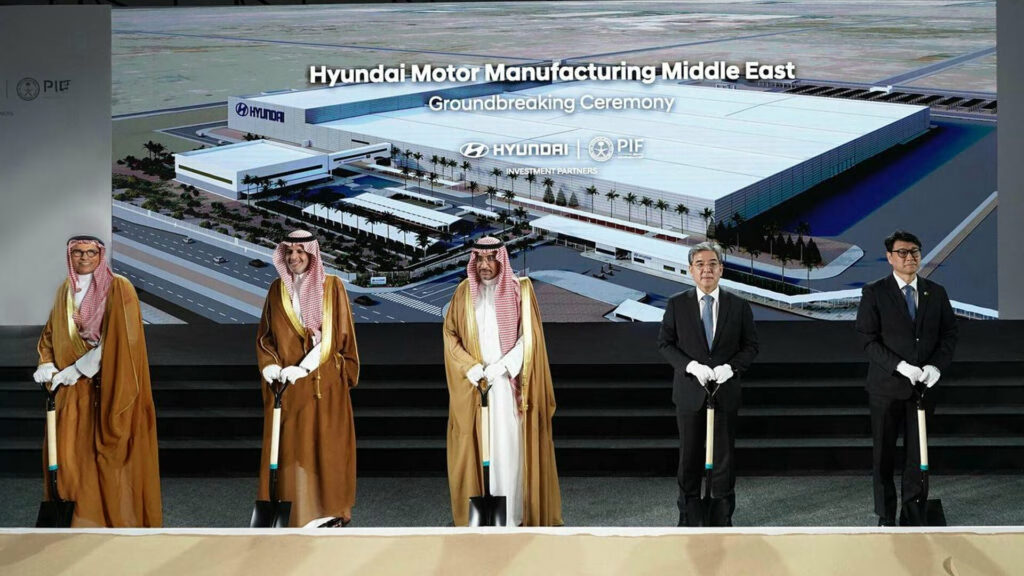Hyundai has officially kicked off construction on its first automotive plant in the Middle East, marking a significant milestone in the region’s automotive landscape. Nestled in Saudi Arabia’s King Salman Automotive Cluster within the King Abdullah Economic City, this facility is set to open its doors by the end of 2026. With an impressive production capacity of up to 50,000 vehicles annually, the plant will manufacture both electric and internal combustion engine (ICE) vehicles, reflecting Hyundai’s commitment to versatile automotive solutions.
Why Saudi Arabia is Becoming an Automotive Hub
You might be wondering, why Saudi Arabia? The Kingdom has been making waves in the automotive industry, positioning itself as a burgeoning production capital in the Middle East. This shift is part of a broader strategy under the Vision 2030 initiative, which aims to diversify the economy and reduce reliance on oil. By attracting global automakers, Saudi Arabia is not just creating jobs but also fostering a new industrial ecosystem.
The momentum really picked up in 2023 when Lucid Motors opened its Advanced Manufacturing Plant in the Kingdom. This facility assembles the Lucid Air using semi-knock-down kits shipped from Arizona. Eventually, Lucid plans to ramp up production to 150,000 vehicles annually, catering to both local and export markets. This kind of investment signals a growing confidence in Saudi Arabia as a viable location for automotive manufacturing.
Hyundai’s Strategic Move
Hyundai’s entry into this market is particularly noteworthy. The joint venture, known as Hyundai Motor Manufacturing Middle East (HMMME), sees the Saudi Public Investment Fund holding a 70% stake, while Hyundai retains 30%. This partnership not only strengthens Hyundai’s foothold in the region but also aligns with Saudi Arabia’s goals of economic diversification.
The plant’s location in the King Abdullah Economic City is strategic, providing access to essential infrastructure and logistics networks. This will facilitate efficient production and distribution, making it easier for Hyundai to meet the demands of both local consumers and international markets.
What’s Next for Hyundai in Saudi Arabia?
While specifics about the models to be produced at the new plant remain under wraps, the commitment to electric and ICE vehicles indicates that Hyundai is keen on catering to a wide range of consumer preferences. As the automotive landscape shifts towards electrification, Hyundai’s investment in this facility positions it well to capitalize on the growing demand for electric vehicles in the Middle East.
The big takeaway? Hyundai’s move into Saudi Arabia isn’t just about expanding production; it’s about laying the groundwork for a sustainable automotive future in a region ripe for growth. As the plant gears up for operations, it will be interesting to see how this venture influences the local economy and the broader automotive market. Start with one change this week, and you’ll likely spot the difference by month’s end.

